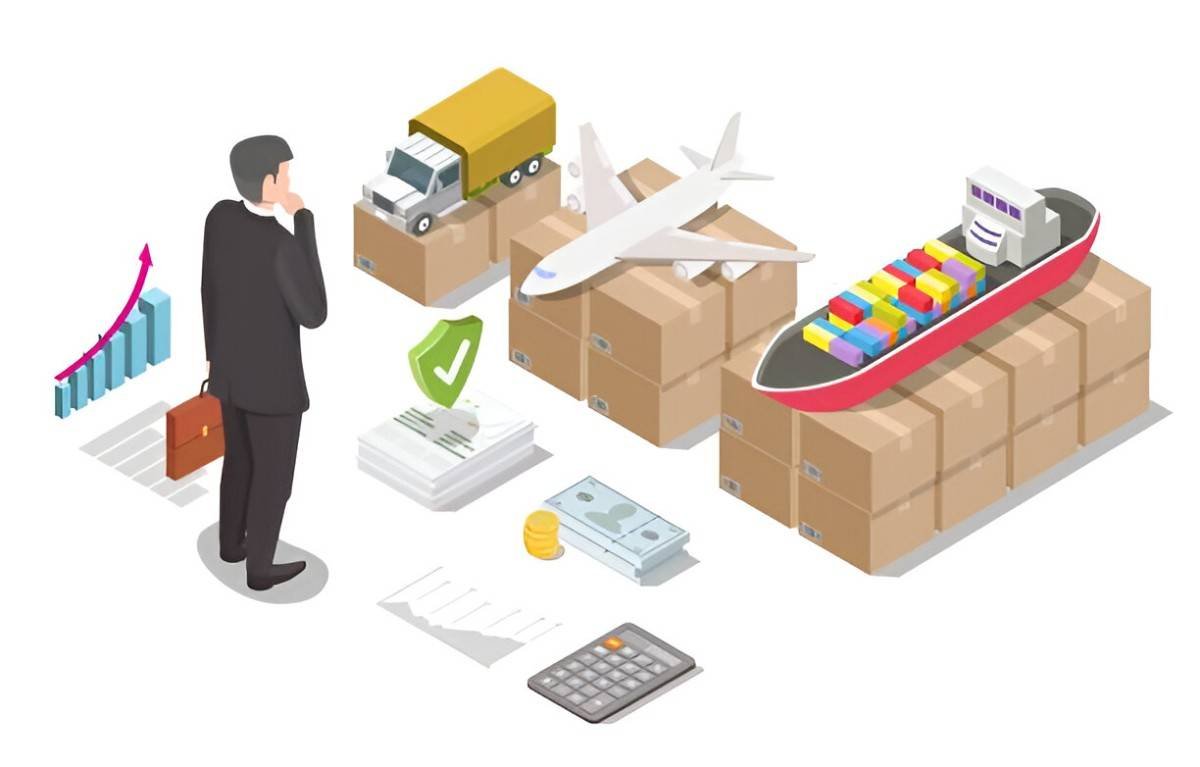Introduction
When importing goods into the United States, duties and tariffs play a crucial role in determining the overall cost of the shipment. Many importers focus on the initial customs duties paid at the port of entry. However, there are cases where additional duties become necessary after the goods have been released by U.S. Customs and Border Protection (CBP). This is known as post-entry duty. In this guide, I will explain what post-entry duty is, why it occurs, and how importers can navigate the process efficiently.
Table of Contents
What is Post-Entry Duty?
Post-entry duty refers to additional duties or adjustments assessed after the initial customs clearance. These adjustments may arise due to errors, reclassifications, changes in valuation, or trade compliance issues identified after entry processing. The importer is responsible for paying these additional duties.
Why Does Post-Entry Duty Occur?
Several reasons can lead to post-entry duty:
- Misclassification of Goods: If an importer incorrectly classifies a product under a lower-duty category, CBP may later correct it and demand additional payment.
- Valuation Adjustments: If the declared customs value does not match the correct transaction value, CBP may reassess the duty amount.
- Trade Remedy Measures: Anti-dumping and countervailing duties (AD/CVD) may be imposed post-entry.
- Clerical Errors: If the importer or customs broker makes mistakes in the initial entry, corrections may lead to additional duty.
- Quota Compliance: Some goods are subject to quota limits. If a product exceeds the allowable amount post-entry, additional duties may apply.
- Voluntary Disclosures: Importers who discover errors in their own filings may voluntarily disclose them to CBP, which can result in duty adjustments.
Understanding Post-Entry Adjustments
Post-entry duty adjustments often involve recalculations based on reclassification, reassessment, or compliance audits. To understand how these adjustments work, consider the following example:
Example 1: Tariff Reclassification
Suppose an importer classifies a textile product under HTS code 6204.42.0000 with a duty rate of 10%. CBP later determines that the correct HTS code is 6204.62.0000, which carries a duty rate of 16%.
- Declared value: $50,000
- Original duty paid: 50,000 \times 0.10 = 5,000
- Correct duty: 50,000 \times 0.16 = 8,000
- Additional post-entry duty: 8,000 - 5,000 = 3,000
The importer must pay an additional $3,000 to CBP.
How Importers Can Minimize Post-Entry Duty
To avoid unexpected duty costs, importers should follow these best practices:
1. Ensure Proper Tariff Classification
Importers should carefully review the Harmonized Tariff Schedule of the United States (HTSUS) and seek expert classification advice if necessary. A misclassified product can result in a significant duty adjustment post-entry.
2. Accurate Valuation
CBP follows transaction value as the primary method for customs valuation. Ensure that:
- The invoice accurately reflects the price paid or payable.
- Assists (e.g., materials provided free of charge) are included in the declared value.
- Proper adjustments for freight and insurance are made where required.
3. Maintain Strong Documentation
Proper record-keeping can help resolve disputes with CBP. Keep invoices, purchase orders, and prior ruling decisions for reference.
4. Use Binding Rulings
A binding ruling from CBP provides certainty regarding classification, valuation, or country of origin. This prevents post-entry duty adjustments due to reclassification or valuation changes.
5. Audit Import Entries Regularly
Periodic internal audits can help identify discrepancies before CBP does. Voluntary self-disclosure may reduce penalties if an importer finds and corrects errors proactively.
Comparing Initial Entry Duty vs. Post-Entry Duty
| Feature | Initial Entry Duty | Post-Entry Duty |
|---|---|---|
| Timing | Paid at customs clearance | Assessed after entry |
| Cause | Declared value and classification | Reassessment, errors, trade measures |
| Responsible Party | Importer of record | Importer of record |
| Risk of Adjustment | Low if proper filing is done | Can be high if errors exist |
Steps to Handle Post-Entry Duty Notices
If CBP issues a post-entry duty assessment, follow these steps:
1. Review the Notice Carefully
Check the reason for adjustment, the calculation method, and any supporting documentation from CBP.
2. Determine If the Adjustment is Valid
Compare the CBP assessment with your records. If you believe an error was made, you may contest the assessment.
3. Pay the Additional Duty (if Valid)
If the assessment is accurate, arrange for payment through CBP’s Automated Commercial Environment (ACE) portal.
4. File a Protest (if Necessary)
Under 19 U.S.C. § 1514, an importer can file a protest within 180 days of liquidation if they believe the assessment is incorrect.
Example 2: Post-Entry Duty Due to Incorrect Valuation
An importer declared a shipment of machinery with an invoice value of $100,000 and a duty rate of 5%. Later, CBP discovered that the correct transaction value should have included a $20,000 assist, making the total dutiable value $120,000.
- Original duty paid: 100,000 \times 0.05 = 5,000
- Correct duty: 120,000 \times 0.05 = 6,000
- Additional post-entry duty: 6,000 - 5,000 = 1,000
The importer owes an extra $1,000.
Conclusion
Post-entry duty adjustments can be costly and complex, but importers can manage these effectively by ensuring proper classification, valuation, and documentation. Understanding the causes of post-entry duty and implementing preventive measures will reduce financial risks. By staying compliant with CBP regulations and conducting periodic audits, importers can minimize unexpected duty costs and maintain smooth operations in international trade.





